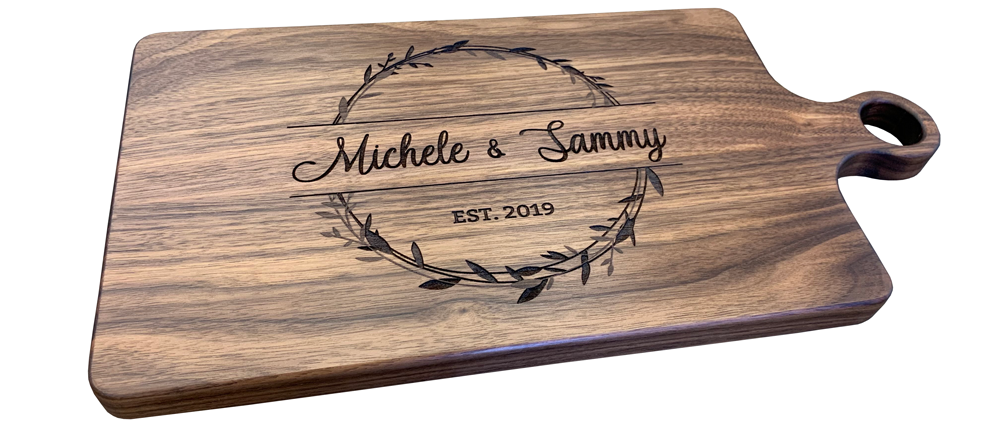

Design your own custom and personalized cutting board in 5 easy steps
There are so many kinds of cutting boards out there and to be honest, what you see is only a small slice of what's possible! The only limit is your creativity. It's time for you to bring your ideas and we can create something together!
To help you out with the process, here is what you should know before ordering your cutting board.
Follow me! :)
But first! Why have you already made the best choice?
Cutting boards come in a wide variety of material (wood, plastic, glass, etc...).
Here is why wooden boards are the best choice:
- They will last forever as wood has the ability to be invigorated and refinished.
- Wood has the property to eliminate bacteria faster than plastic. Here is a study made by the College of Agricultural and Life Sciences, USA (In case you need something to help you sleep at night!)
- Wood is the best for your knives as it allows them to stay sharp for longer. No wonder every chef uses a wooden cutting board!

Utility or Design?
Are you actually going to cut on it?
What will be the ultimate use of this wooden board?
If you're looking for something very functional, then you can choose features such as handles, grooves for juice, non-skid feet and magnetic knife holder.
Face Grain
OR
End Grain
So... What kind of wood?
Here are some examples where you can compare the colour, the range of price, the hardness and the origin of each one.
We have a great range of beautiful wood species in Canada and the USA. Might be a good idea to choose local species over something that has travelled half the globe.
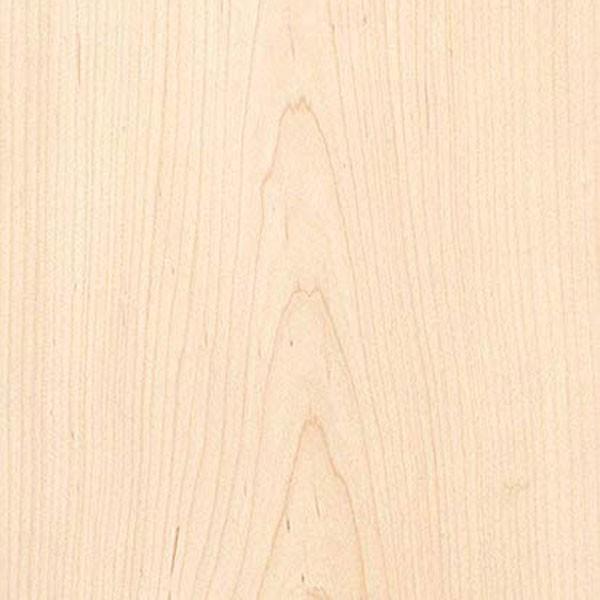
Hard Maple
Price: $$
Hardness:
1,450 lbf
Distribution:
Northeastern North America

American Cherry
Price: $$
Hardness:
950 lbf
Distribution:
Eastern North America
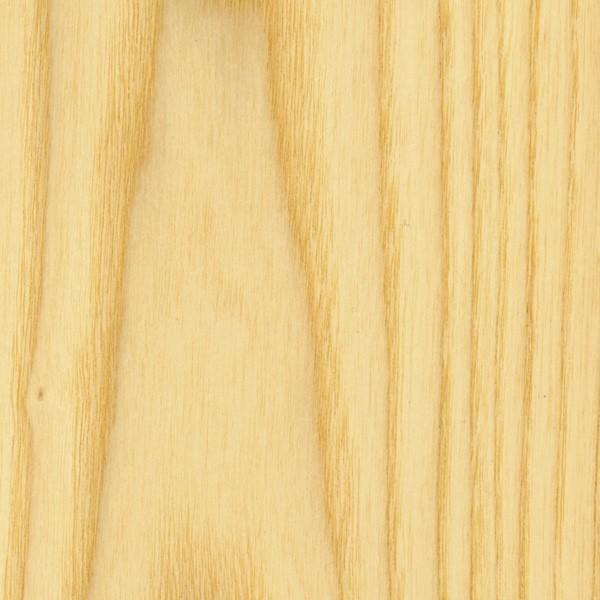
White Ash
Price: $$
Hardness:
1,320 lbf
Distribution:
Eastern North America
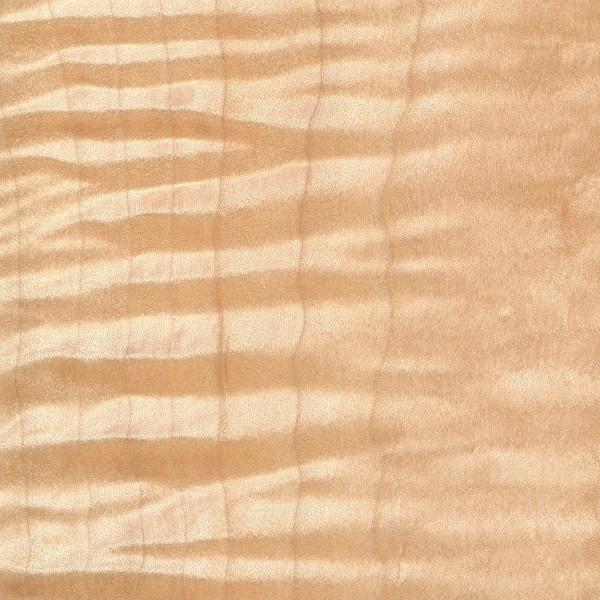
Curly maple
Price: $$
Hardness:
950 lbf
Distribution:
Eastern North America
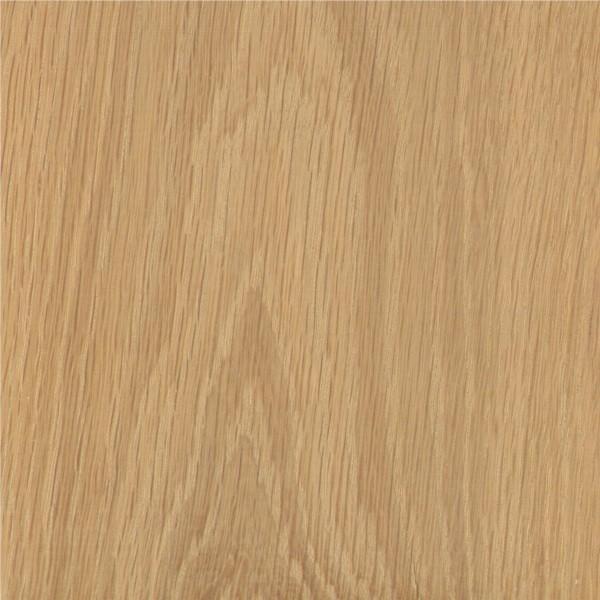
White oak
Price: $$
Hardness:
1,350 lbf
Distribution:
Eastern United States
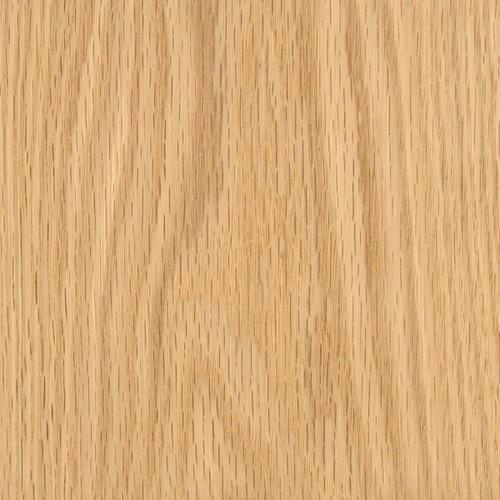
Red oak
Price: $$
Hardness:
1,220 lbf
Distribution:
Southeastern Canada
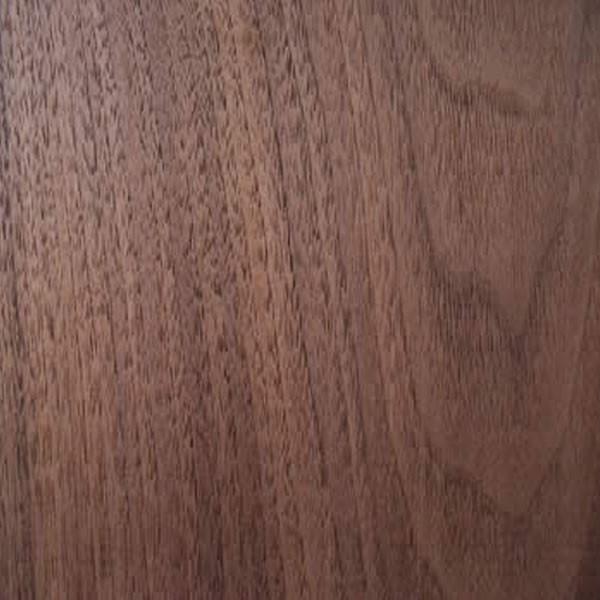
Black Walnut
Price: $$$
Hardness:
1,010 lbf
Distribution:
Eastern United States
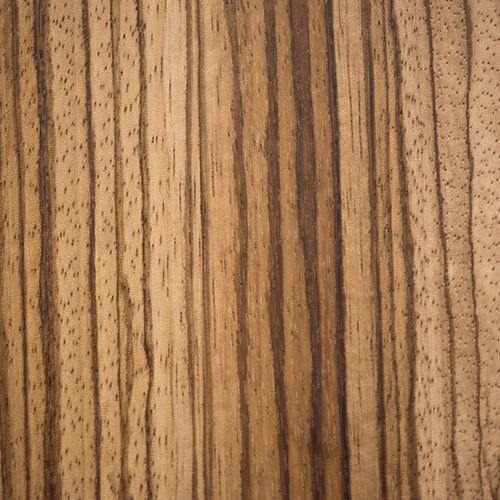
Zebrawood
Price: $$$$$
Hardness:
1,830 lbf
Distribution:
West Africa
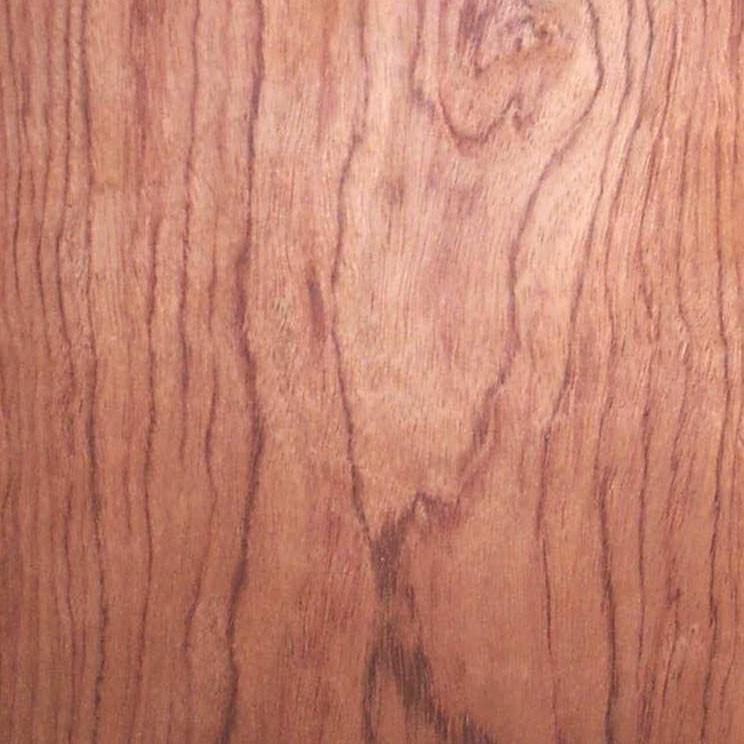
Bubinga
Price: $$$$$
Hardness:
2,410 lbf
Distribution:
Equatorial Africa

African Padauk
Price: $$$$$
Hardness:
1,970 lbf
Distribution:
Central and tropical west Africa
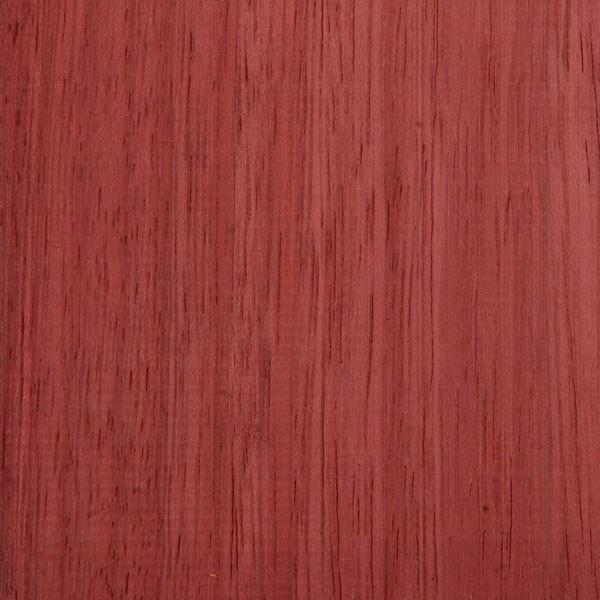
Purpleheart
Price: $$$$
Hardness:
2,520 lbf
Distribution:
Central and South America
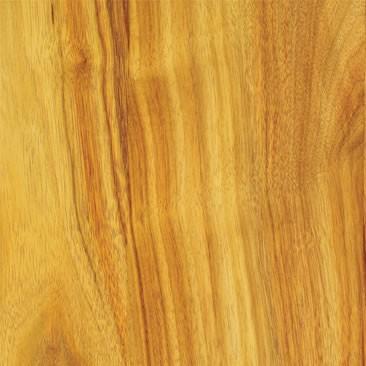
Canarywood
Price: $$$$
Hardness:
1,520 lbf
Distribution:
South America
What is your budget?
Budget can be a big part of the decision making process.
So what wood... oops I mean ''would'' make a board more or less expensive?

Complexity
(Time of fabrication)
The complexity of the pattern increases considerably the time of fabrication.
Extras such as grooved handles, juice grooves and engravings are factors that add to the complexity.
Also, there are more steps in making an end grain cutting board compared to a face grain.
You want it personalized?
What kind of personalization?
It's possible to do pretty much any kind of personalization. Names, initials, dates, your logo, a quote, a picture of your cat, you name it!
- You want to give your board for a wedding? 👰❤️🤵
- Maybe a gift for a good friend?
- A corporate gift with your logo?
- Or you just want to design something for yourself 🏕☕️☀️ ?
Engrave something that will stay forever!
How does it work?
The most popular way to personalize your board is with laser engraving.
To do it, I will need a Vector image (PDF, EPS, AI)
Don't worry if you don't have it ready. I will help you with this process.
How much does it cost?
The price will depend on two things:
- The complexity of the design you want me to transfer into a vector image.
- The time it takes to engrave it.
The price of laser engraving starts at 40$
